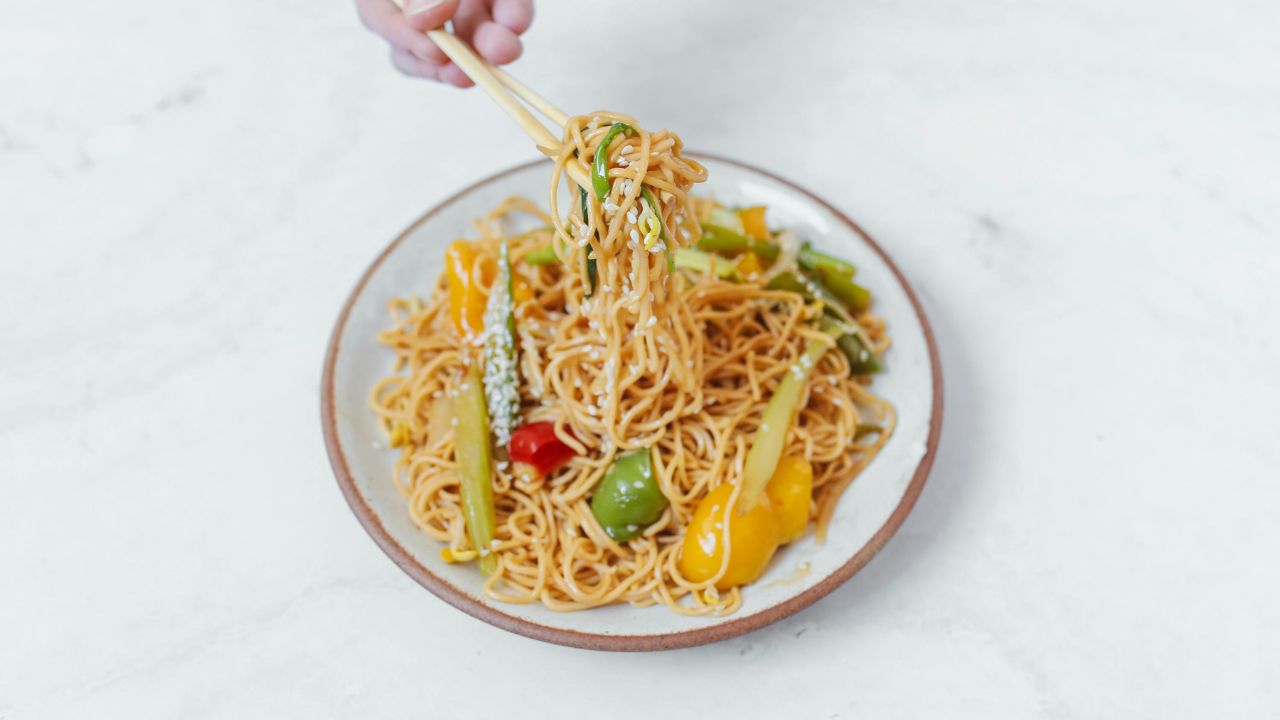If you have ever looked over a Chinese restaurant menu, you have probably seen house special mei fun—a meal with savory meats or seafood mixed in with fresh vegetables and stir-fried rice noodles. But why do foodies want it and what distinguishes this house? From its beginnings to home cooking advice, this book covers all you need to know about this flexible noodle meal. Whether you frequent takeout or are a novice in the kitchen, you will find why this dinner calls for a place on your table.
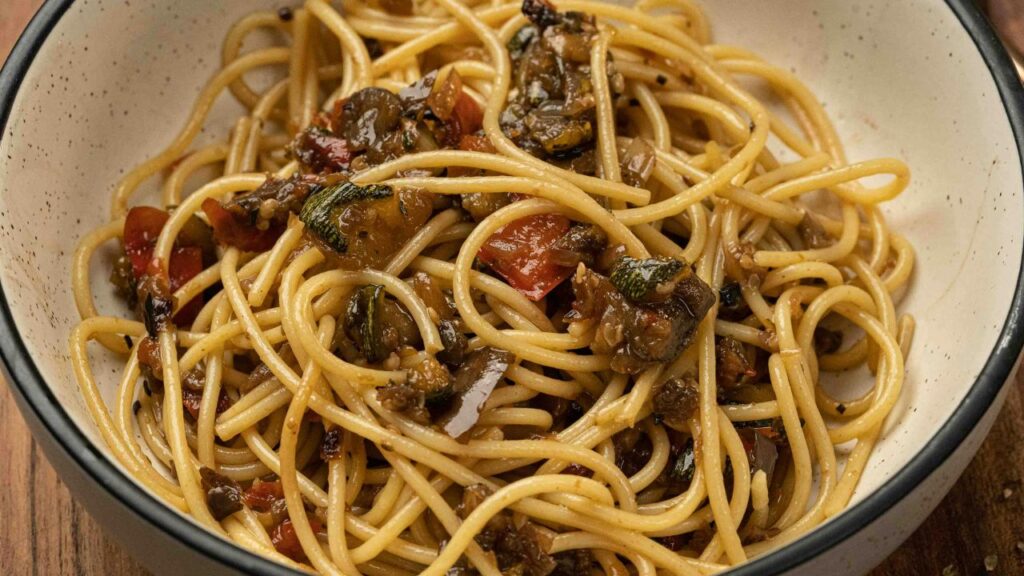
What Is House Special Mei Fun?
Combining proteins, vegetables, sauces, and Mei fun—thin rice noodles—makes a stir-fry restaurant-style dinner. Mei fun has a less chewy, heavier texture; chow mein or lo mein asks for thicker noodles. Often loaded with luxury foods such shrimp, chicken, steak, roast pig, and fresh vegetables like bell peppers, carrots, and bean sprouts, the “house special” moniker indicates the supper is extremely distinctive to the establishment. Driven with soy sauce, oyster sauce, and a little sesame oil, it balances savory, salted, and somewhat sweet tastes. This meal is a go-to for its strong taste and pleasing texture mix.
The Origins of Mei Fun: A Noodle with History
Originating in Southern China, where rice noodles have long been a staple, Mei fun—also known as “rice vermicelli—started in In Cantonese, the phrase “mei fun” translates to “rice noodles,” and the meal became well-known in Cantonese cuisine prior to international distribution via Chinese diaspora populations. Western Chinese restaurants most likely developed the “house special” form to highlight the inventiveness of a chef by merging regional cuisine with conventional methods. Loved for its versatility to suit many tastes and dietary requirements, today it’s a menu star in Chinese-American restaurants and Asian fusion bars.
Key Ingredients in Authentic House Special Mei Fun
Quality rice noodles—thin, dried strands that soften rapidly in hot water—start a fantastic house special mei fun. Vegetables such bok choy, mushrooms, and onions lend crunch and freshness; proteins such thinly sliced chicken, shrimp, or BBQ pork give heartiness. Richness comes from eggs tossed into the mix; condiments like light and dark soy sauce create depth. For more zing, some chefs toss a little Shaoxing wine or chili paste. The secret of the distinctive taste of the dish? Working in a well-seasoned wok, the smoky, charred taste of high-heat stir-frying is what hei tastes.
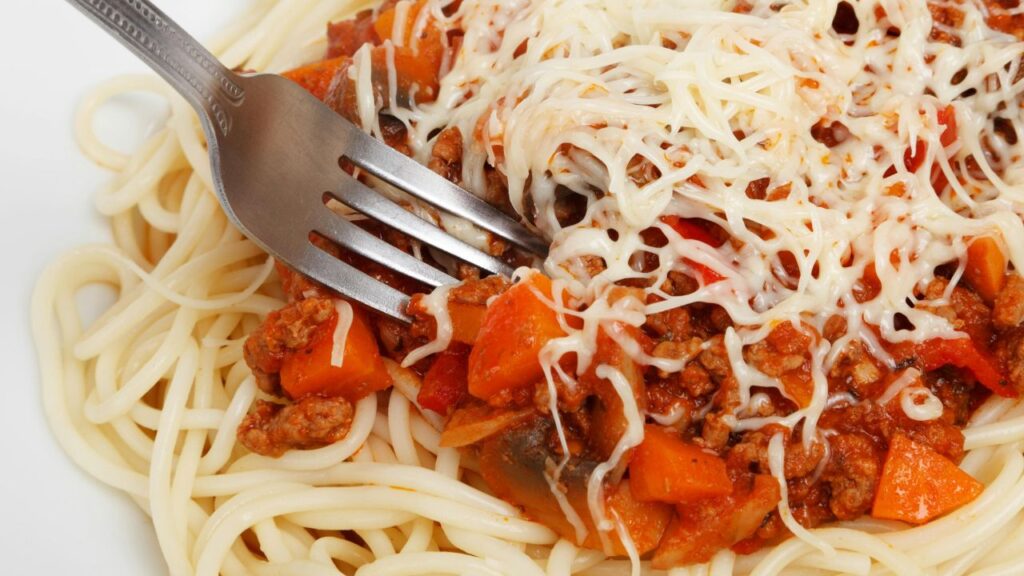
How to Cook House Special Mei Fun at Home
You could nail this dish without a restaurant kitchen! To make pliable, first soak dry mei fun noodles in warm water for ten minutes. In a wok or large skillet, heat oil; then, sauté your proteins—chicken, shrimp—until done. Remove them then stir-fry vegetables like cabbage and carrots as well as garlic and ginger. Push everything to the side; scramble eggs in the middle; then toss with drained noodles and sauces (soy, oyster, sesame oil). Re Add the cooked protein, thoroughly combine, then serve hot. Keep the heat high and avoid filling the skillet too full if you want mushy noodles avoided.
Restaurant vs. Homemade: What’s the Difference?
Professional-grade woks and high BTU burners that achieve work help restaurant-style house special mei fun taste better. While amateur cooks might choose simpler versions, chefs also add more oil and sodium for taste. You may personalize ingredients at home; try tofu for vegan dishes or zucchini noodles for low-carb diets. While restaurants may provide more expensive add-ons like lobster or duck, homemade versions allow you freshness and cost control. Both are great, but homemade lets you adjust tastes to suit you.
Healthier Twists on House Special Mei Fun
Love this dish but want a healthy spin? For more fiber, use brown rice mei fun; substitute spiralized vegetables like sweet potato or kelp noodles for conventional noodles. For vitamins, load on broccoli, snap peas, and spinach; pick lean proteins like turkey or tofu. Use low-sodium soy sauce or coconut aminos to cut salt. Add taste with fresh herbs like cilantro or Thai basil; avoid the MSG sometimes present in restaurant versions. Lime squeezed at the end brightens the meal without adding extra calories.
Where to Find the Best House Special Mei Fun
Your best source for real versions are Chinese-American restaurants and dim sum venues. Search for restaurants bearing “house special” or “chef’s special” marks on their menus. In Asian markets, food courts sometimes provide reasonably priced, good cuisine as well. When dining out, find out if the food is saucy or spicy; some places turn up the heat or sweetness. Fusion restaurants might provide kimchi mei fun or teriyaki-glazed variations for a modern take. Remember to search internet reviews for neighborhood favorites!
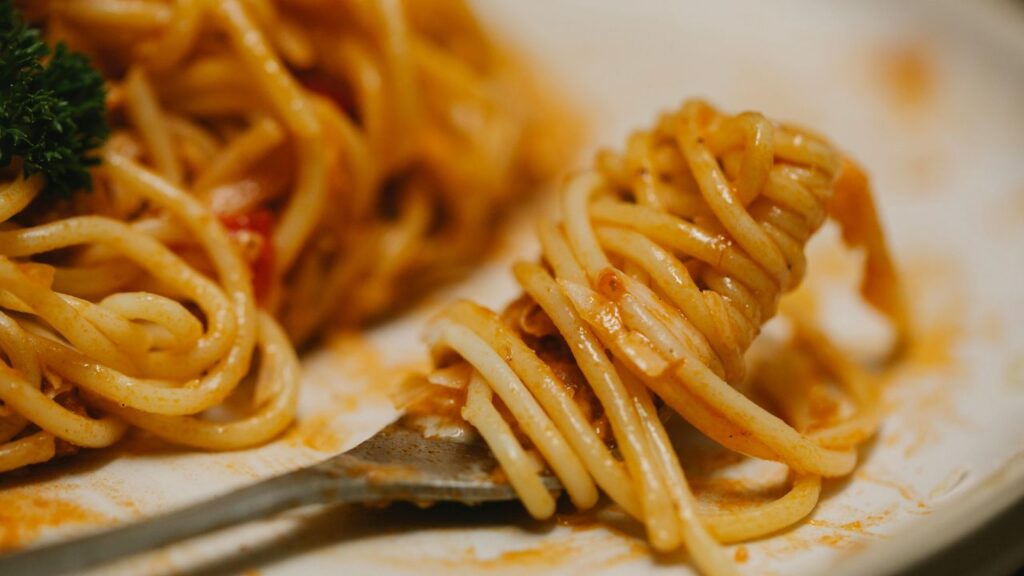
Common Mistakes to Avoid When Cooking Mei Fun
A main mistake is overcooking the noodles; they become mushy if soaked or stir-fried too long. Always observe package soaking times. Still another error? Ignoring the mise en place—that is, preparing every component before cooking. Stir-frying is quick, thus having everything ready guarantees none of burning. Low heat instead of high results in steaming rather than searing, so losing the food its smoky taste. At last, drowning the noodles in sauce makes them soggy; add liquids little by bit and taste as you go.
Why House Special Mei Fun Is Perfect for Leftovers
Reheat this dish like a dream! Refrigerated in an airtight container, leftovers keep for up to three days. To revive, drizzle some water on the noodles, microwave in 30-second bursts, stirring between each. Reheat in a skillet with a small bit of oil for crispier results. Mei fun freezes also; divide it into freezer bags and thaw overnight before reheating. To revive the tastes, sprinkle with fresh herbs or a fried egg. For hectic weeks, it is absolutely a lifesaver!
House Special Mei Fun: Restaurant vs. Homemade (Key Differences)
| Aspect | Restaurant House Special Mei Fun | Homemade House Special Mei Fun |
| Ingredients & Quality | Uses premium proteins (shrimp, roast pork) and pre-portioned sauces for consistency. | Fresher, customizable ingredients (organic veggies, lean meats, or vegan swaps). |
| Preparation Time | Ready in 10–15 minutes (prepped in high-heat works with professional speed). | Takes 30–45 minutes (soaking noodles, chopping veggies, multitasking steps). |
| Flavor Profile | Bold wok hei (smoky char) from commercial burners and seasoned woks. | Lighter taste unless using a high-heat stove; relies on fresh herbs and homemade sauces. |
| Cost | $12–$20 per dish (includes labor and ambiance). | $8–$15 total (feeds 4–6 people; cheaper with bulk ingredients). |
| Customization | Limited to menu options (e.g., spice level, protein choices). | Endless tweaks (low-carb noodles, gluten-free sauces, extra veggies). |
| Health Considerations | Often higher in oil, sodium, and MSG for flavor. | Healthier control (less oil, low-sodium sauces, no additives). |
| Equipment Needed | Requires high-BTU woks and commercial kitchen tools. | Made with basic pans (non-stick skillet or wok) and standard home utensils. |
| Authenticity | Closer to traditional Cantonese-American restaurant style. | Can mimic tradition or go fusion (e.g., add kimchi or tofu for a twist). |
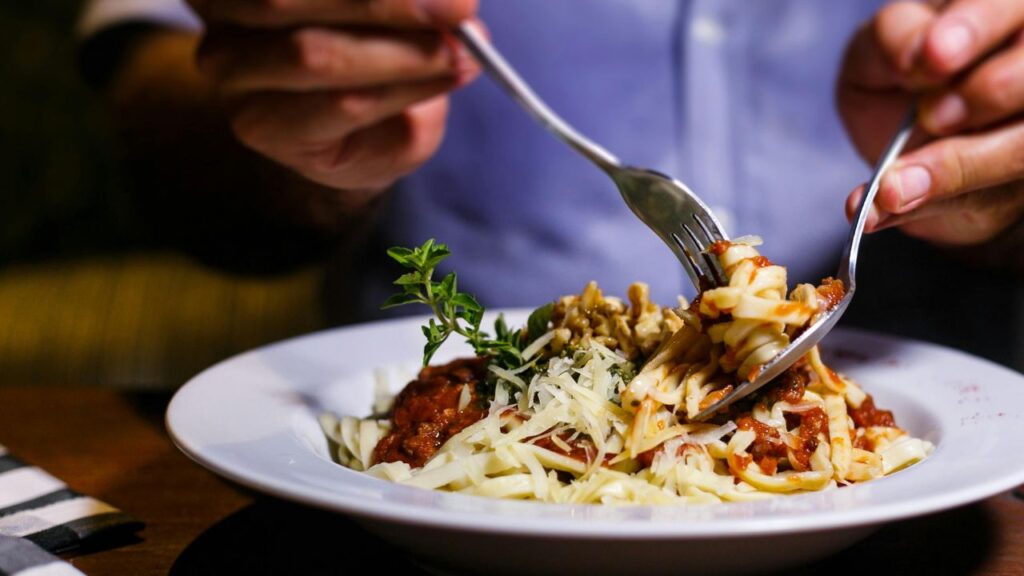
Why House Special Mei Fun Belongs on Your Table
House special mei fun is a flavor experience fit for any occasion, not only a noodle meal. Whether your taste preferences are for handmade stir-fries or takeout comfort, its combination of textures and flavors never lets down. Mastering this restaurant staple in your own home will depend on the correct ingredients and methods. Try this classic meal the next time you’re debating whether to order in or cook. Thank you from your wallet and taste receptors!
FAQ’s
1. What makes “house special mei fun” different from regular stir-fried noodles?
Using thin rice noodles (mei fun), house special mei fun and mix fresh vegetables with premium proteins such chicken, prawns, and roast pig. Often loaded with extra ingredients and strong sauces, the “house special” designation indicates it’s a restaurant’s own spin.
2. Can I make house special mei fun gluten-free?
Indeed. Use tamari or gluten-free soy sauce; make sure the rice noodles are entirely rice-based—that is, without wheat. To be gluten-free, skip oyster sauce or substitute a vegan option.
3. Why do restaurant versions taste smokier than homemade?
High-heat woks allow restaurants to produce wok hei, a smoky, charred taste. To replicate that, turn up the heat on your stove at home and cook in little batches.
4. Is house special mei fun healthy?
Indeed! Load up on vegetables; pick lean proteins like tofu or poultry; and use low-sodium sauces. For a lighter variation, steer clear of MSG or heavy oil.
5. Can I use spaghetti instead of rice noodles?
Though in a pinch thin angel hair pasta tastes great, rice noodles give mei the characteristic texture. To prevent mush, just boil it al dente and throw rapidly in the wok.
